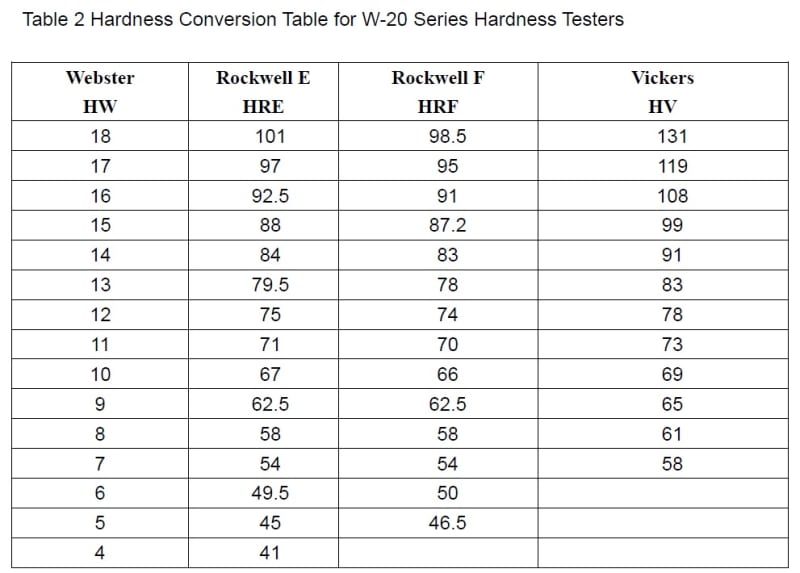I contacted to see if they have any conversion tables or charts to HBW, but they replied that they only use the Rockwell scales.
I searched, but google wasn't of any help.
Before I spend a lot of money to try and make something myself (by the hand of a laboratory), does anyone know if there are other sources,
or in the worst case, what could I expect of accuracy of a conversion to HBW but first to Rockwell (using their charts or the conversion tables in EN ISO 18265) and then Rockwell to HBW (using EN ISO 18265)? I suspect not very much? A guess of a guess?
I searched, but google wasn't of any help.
Before I spend a lot of money to try and make something myself (by the hand of a laboratory), does anyone know if there are other sources,
or in the worst case, what could I expect of accuracy of a conversion to HBW but first to Rockwell (using their charts or the conversion tables in EN ISO 18265) and then Rockwell to HBW (using EN ISO 18265)? I suspect not very much? A guess of a guess?

